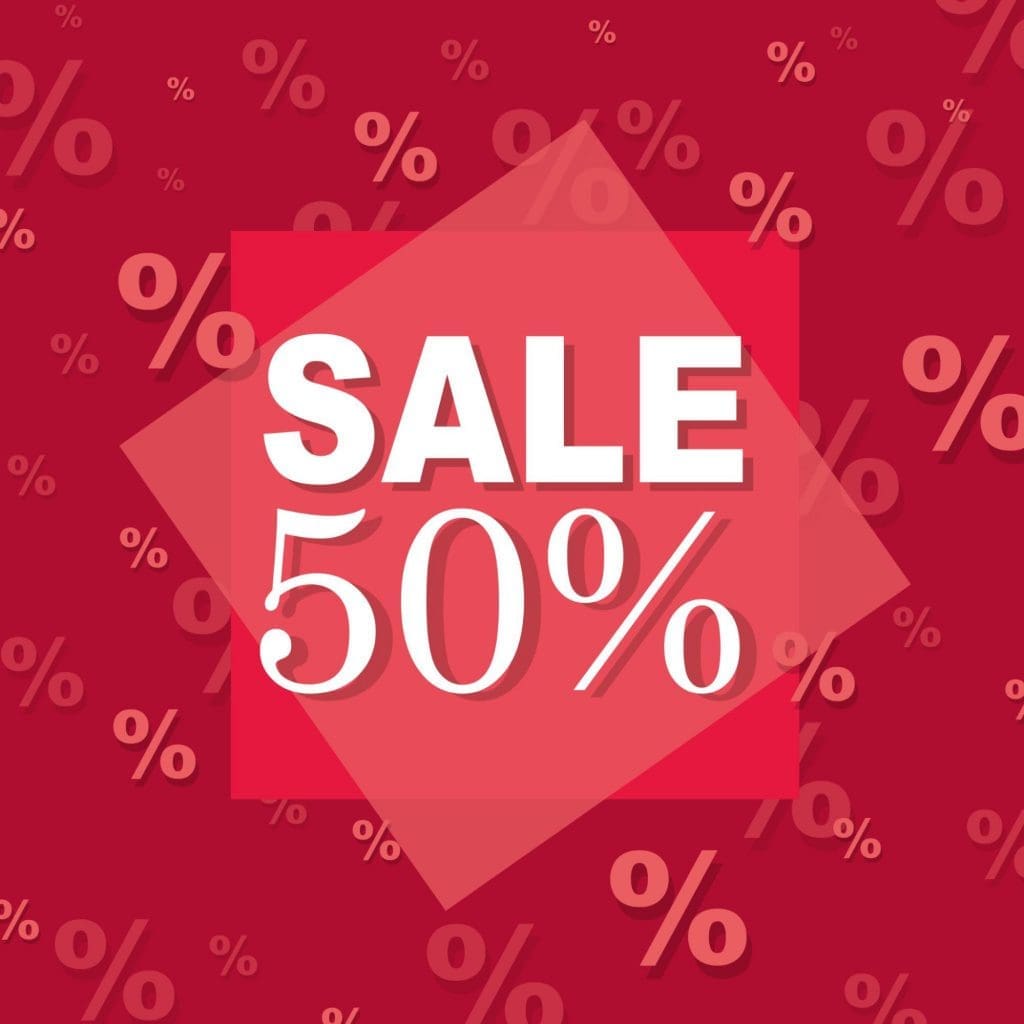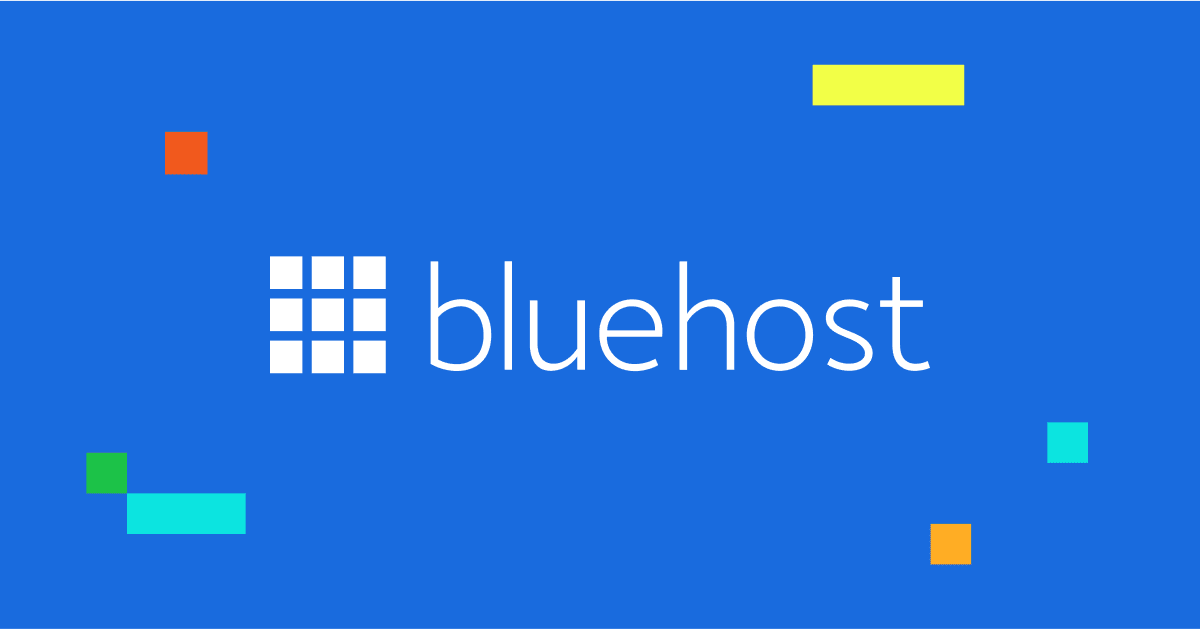Les clients essaient de faire la meilleure affaire possible lorsqu’ils achètent un produit. Le rapport « Customer Advocacy » de 2021 montre que plus de la moitié des clients reviennent vers les marques qui proposent des réductions.
Vous pouvez attirer plus de clients que vos concurrents en offrant des réductions. Mais les remises réduisent également vos marges bénéficiaires si vous vous y prenez mal.
Est-il possible de diminuer le prix de vente des produits et de rester compétitif ?
Oui, si l’on s’y prend bien.
Ce guide traite des prix réduits, des différentes remises tarifaires et des idées pour que les remises tarifaires soient profitables à votre entreprise.
Stratégie de tarification au rabais
La stratégie de prix discount est un type de prix promotionnel qui consiste à réduire temporairement le prix d’origine des produits vendus au détail afin d’écouler les stocks, d’encourager les ventes et d’attirer de nouveaux clients. En général, une entreprise accorde des remises vers la fin du cycle de vie d’un produit afin de tirer le meilleur parti de l’ancien stock.
Tarification au rabais – Avantages pour les petites entreprises
Offrir une réduction de prix est bénéfique à la fois pour votre entreprise et pour vos clients. Pendant la période de remise à court terme, vous vous débarrassez de votre ancien stock et vous vous procurez des capitaux pour d’autres achats. Inversement, vos clients ont l’impression de faire une bonne affaire.
Dans l’ensemble, la tarification au rabais vous aide :
- Gagner des clients réguliers
- Se débarrasser des produits à faible rotation
- Attirer de nouveaux clients
- Augmenter les ventes
- Promouvoir la notoriété de la marque
- Accélérer le cycle de vente
- Conquérir des parts de marché
Types de réductions
Comment formuler une stratégie efficace de prix réduits ?
Cela dépend de votre entreprise et de ses besoins. Vous pouvez chercher à écouler des stocks anciens, à vendre des produits à faible rotation ou à attirer de nouveaux clients.
La bonne réduction dépend de ce que vous voulez faire.
Examinons les différents types de remises que vous pouvez intégrer dans votre stratégie de prix réduits.
Rabais de liquidation

Le marketing de liquidation fait référence à une tactique de prix qui consiste à vendre les produits à des prix exceptionnellement bas pendant une période limitée.
Par exemple, si vous êtes propriétaire d’un magasin de vêtements, vous pouvez proposer des rabais de liquidation pour vendre des vêtements démodés et persuader les clients d’acheter.
Vous pouvez ainsi vous débarrasser de vos anciens stocks pour faire de la place à une nouvelle ligne de produits.
Si le marketing des soldes vous aide à vider vos rayons, vos clients peuvent également s’attendre à des produits de moindre qualité.
De même, si les rabais de liquidation deviennent réguliers, les clients risquent de reporter leurs achats habituels et d’attendre les rabais de liquidation. Cela vous fait perdre des bénéfices importants.
Remises sur volume
Dans le cas d’une remise sur volume, vous permettez à vos clients de payer moins cher par article lorsqu’ils achètent en volume ou en gros.
Les remises sur volume vous permettent d’écouler vos anciens stocks et d’augmenter la valeur moyenne par commande.
Supposons que vous vendiez des chaussures de sport. Vous pouvez proposer des prix plus bas aux clients qui achètent 5 paires ou plus. De cette manière, vous vendez plus d’articles et vous rendez vos clients heureux en même temps. Vous y gagnez tous les deux.
Réductions saisonnières

Les remises saisonnières sont récurrentes et se produisent à des dates et des saisons spécifiques.
Par exemple, vous verrez des ventes de Noël et de fin de saison.
Les remises saisonnières peuvent également aider votre entreprise à se débarrasser des stocks hors saison. Par exemple, vous pouvez vous débarrasser des vêtements d’hiver à l’approche de l’été afin d’ouvrir la voie à de nouveaux ensembles de vêtements.
En outre, vous verrez également des entreprises proposer des réductions à l’occasion de la rentrée scolaire, du Black Friday et du Cyber Monday.
Remises groupées
La tarification groupée consiste à réduire le prix d’un groupe d’articles pour que les clients les achètent ensemble.
Il permet d’augmenter le nombre de produits vendus en vendant plus d’un article dans une seule offre groupée. De plus, vous pouvez associer vos produits les plus populaires à vos produits à faible rotation afin de vous en débarrasser rapidement.
Réductions promotionnelles
Vous pouvez également offrir des réductions pour la promotion de votre entreprise.
Cette stratégie de remise vise à persuader un public cible de devenir client de votre entreprise. Il s’agit d’une technique d’acquisition de clientèle à long terme conçue pour augmenter les ventes et encourager les clients à utiliser ou à essayer un produit ou un service.
Vous pouvez offrir un pourcentage de réduction (20 % de réduction) ou des réductions d’un montant fixe (10 $ de réduction).
Les remises promotionnelles incitent vos clients à entrer dans votre magasin. Vous pouvez alors profiter de cette occasion pour vendre vos autres articles.
Réductions à étages
Dans un modèle de tarification échelonnée, vous segmentez les produits ou les services en plusieurs niveaux, de sorte que le client bénéficie d’un prix différent pour chaque niveau.
Les acheteurs obtiennent un meilleur prix à mesure qu’ils passent aux niveaux supérieurs.
Par exemple, un détaillant peut vendre des baskets à 35 dollars l’unité pour les cinq premières paires. S’ils achètent plus de 5 paires, les acheteurs passent au niveau suivant, qui propose 6 à 10 baskets à 30 dollars l’unité. Lorsqu’ils passent à un niveau encore plus élevé, avec plus de 10 articles, ils obtiennent un prix de 25 dollars l’unité.
En raison de la réduction des coûts dans les niveaux supérieurs, cette stratégie de prix réduits encourage les clients à acheter en gros.
Achetez-en un, obtenez-en un (BOGO)
L’offre « Buy One Get One » (BOGO) est une remise quantitative par laquelle un détaillant offre un article gratuit pour des achats prédéterminés.
Les promotions BOGOS peuvent vous aider à écouler vos vieux stocks. Vous pouvez également les utiliser pour vendre tout produit dont les ventes sont en baisse.
Vous pouvez également la modifier pour acheter un article et obtenir le deuxième article à un prix réduit.
Techniques efficaces de fixation des prix d’escompte
Vous connaissez maintenant les types de réductions. Mais devez-vous accorder une réduction à tout le monde ?
Cela dépend de ce que vous voulez : De nouveaux clients, une fidélisation de la clientèle ou des rayons vides.
Passons en revue quelques techniques éprouvées de fixation de prix réduits afin d’explorer les possibilités qui s’offrent à vous.
1 : Stratégie de rabais pour les nouveaux clients : Accorder de bonnes remises aux primo-accédants
Vous pouvez attirer et fidéliser de nouveaux clients en leur proposant des réductions. Grâce à un prix réduit, ils peuvent tester votre produit sans prendre trop de risques.
Vous pouvez également associer vos remises aux nouveaux clients à des garanties de remboursement pour faire une bonne première impression.
Si vous vendez un service, vous pouvez essayer les essais gratuits. Veillez toutefois à offrir une valeur telle que vos clients potentiels y réfléchissent à deux fois avant de renoncer à votre offre.
Dans le cas contraire, cela peut avoir un impact négatif sur votre objectif de vente.
Offrez une excellente expérience utilisateur et des services de haute qualité pour les inciter à revenir.
2 : Récompenser les clients fréquents

Les programmes de fidélisation de la clientèle incitent vos clients existants à effectuer des achats fréquents. Ils stimulent ainsi les ventes et contribuent à la fidélisation de la clientèle.
Vous pouvez offrir des remises spéciales à vos clients habituels sur vos nouveaux produits. Vous ferez ainsi connaître vos produits au public tout en récompensant vos clients fidèles.
Vous pouvez également distribuer des cartes de fidélité à vos clients afin de suivre leurs achats et de leur proposer des remises échelonnées.
3 : Introduire des ventes flash

Si vous gérez une entreprise de commerce électronique, une vente flash est l’une de vos principales stratégies de marketing.
Vous pouvez opter pour des ventes flash annuelles ou établir un calendrier mensuel pour des ventes flash chaque mois.
Veillez à utiliser les médias sociaux et les campagnes de marketing par courriel pour tirer pleinement parti de vos ventes flash. En outre, vous pouvez opter pour un compte à rebours et même pour un hashtag de marque amusant afin d’enthousiasmer votre public.
4 : Proposer une livraison gratuite

En 2021, près de la moitié des consommateurs américains ont abandonné leur panier d’achat au cours de la procédure de paiement en raison de coûts supplémentaires (frais de port et taxes).
Tenez compte des frais d’expédition dans le prix de vos produits et offrez des frais d’expédition gratuits.
Cela aura toutefois un impact négatif sur vos produits à bas prix. Si vous vendez de tels produits, indiquez donc un certain montant à partir duquel vous offrirez la gratuité des frais de port. Cela encouragera également vos clients à acheter vos produits en gros.
5 : Limiter le temps

Vous pouvez fixer des dates d’expiration et des délais pour les remises afin de créer un sentiment d’urgence chez vos clients. Il s’agit d’une excellente stratégie de persuasion pour encourager les clients à s’inscrire ou à acheter un produit.
Si vous êtes propriétaire d’un commerce d’abonnements, vous pouvez dire à vos clients que les prix réduits expirent dans quelques heures. Si vous êtes propriétaire d’un magasin de vêtements, vous pouvez mentionner qu’il s’agit d’une offre limitée en stock et en temps .
En d’autres termes, utilisez des appels à l’action (CTA) convaincants tels que Quantité limitée, Acheter maintenant ou Offre expirant à minuit.
5 : Stratégie de rabais de quantité
Une stratégie de rabais de quantité est une tactique de tarification dans laquelle les clients bénéficient de prix réduits pour l’achat de quantités plus importantes d’un produit. À mesure que le volume de marchandises achetées augmente, le coût unitaire diminue, ce qui incite à l’achat en gros. Cette stratégie encourage les clients à acheter davantage, ce qui favorise l’augmentation des ventes et la rotation des stocks.

6 : Stratégie de réduction basée sur la localisation
La stratégie de rabais basée sur la localisation consiste à offrir des rabais ou des promotions aux clients en fonction de leur emplacement géographique. Les détaillants utilisent le GPS ou les données de localisation des appareils mobiles pour cibler les utilisateurs dans des zones spécifiques, en les encourageant à visiter les magasins proches ou à faire des achats en ligne. Cette stratégie stimule la fréquentation et les ventes dans des régions ou des magasins particuliers.
7 : Stratégie de vente à perte
« La stratégie de vente à perte consiste pour une entreprise à vendre intentionnellement des produits à un prix inférieur à leur coût de revient afin d’attirer des clients. Cette tactique est souvent utilisée pour écouler des stocks excédentaires ou pour obtenir un avantage concurrentiel. Bien qu’elle entraîne des pertes à court terme, elle peut augmenter le chiffre d’affaires global grâce à l’augmentation de la fréquentation des clients et à la possibilité d’effectuer des ventes incitatives.

Dernières réflexions : Stratégies de prix réduits pour attirer et fidéliser les clients
Les stratégies de prix réduits vous aident à écouler vos anciens stocks ou à gagner de nouveaux clients. Choisissez la stratégie de prix réduits qui correspond à votre entreprise et qui vous donne les meilleurs résultats.
Évitez d’offrir fréquemment des promotions exagérées afin de garder vos finances sous contrôle.
Si vous gérez vos affaires par l’intermédiaire de votre site web, vous avez besoin d’un magasin fiable qui vous aide à mettre en œuvre ces techniques et à dépasser les attentes de vos clients.
Essayez dès aujourd’hui la puissante boutique en ligne de Bluehost soutenue par WooCommerce.



Ecrire un commentaire